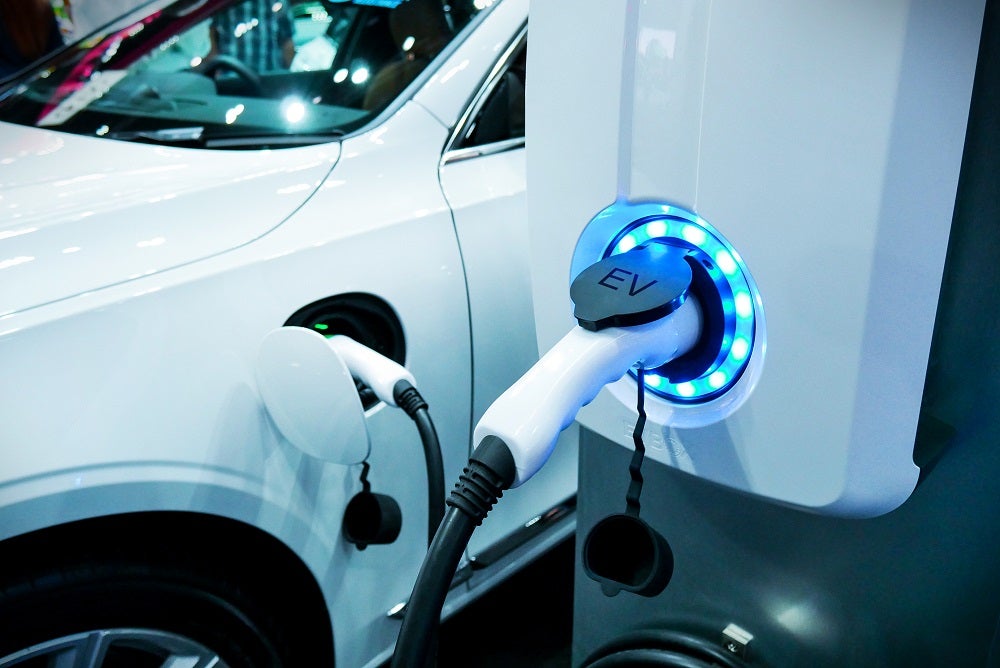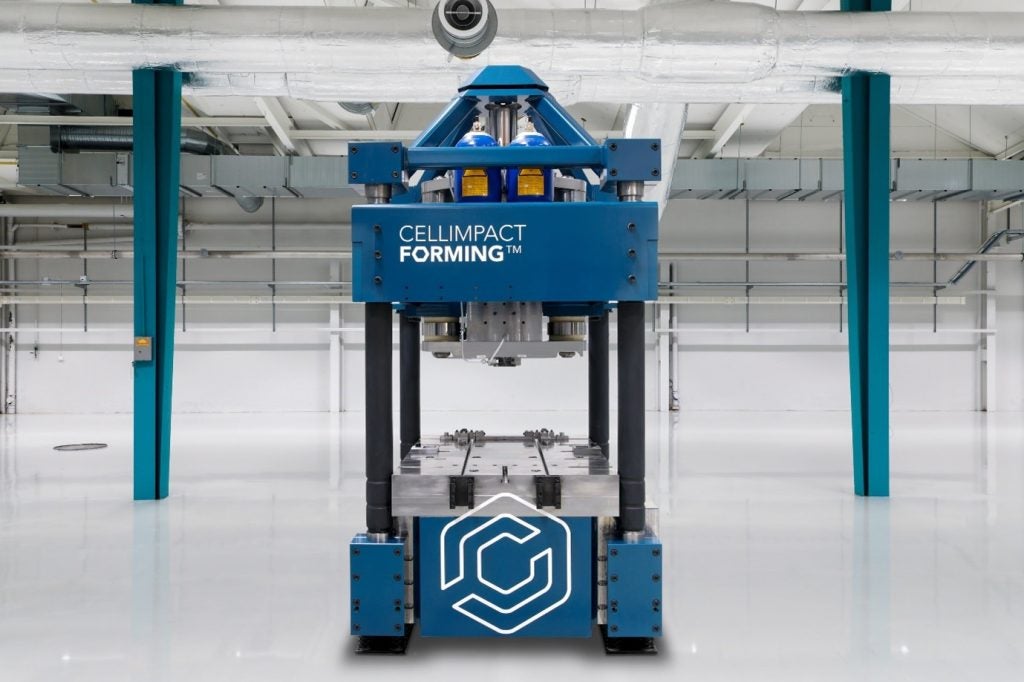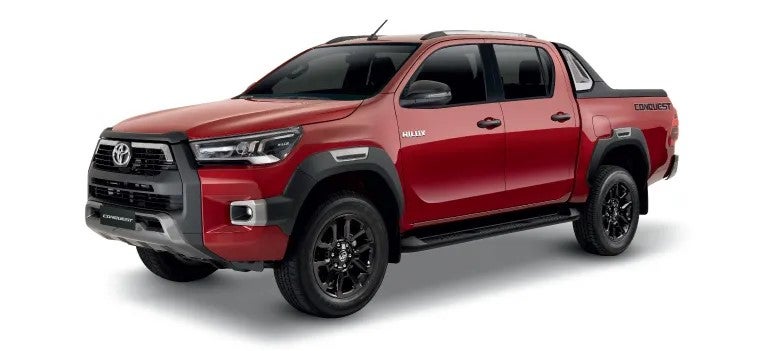Mazda has started public road trials of its ASV-4 safety vehicle which uses vehicle-to-vehicle communications to alert drivers of oncoming vehicles at blind intersections or on twisting roads where visibility is limited.
The aim is to lessen the severity of – or even eliminate – two-vehicle collisions at blind intersections, rear-end collisions and accidents when a vehicle turns right by reducing driver error.
Testing of the two-vehicle blind collision avoidance system has already started and road trials of the right-turn and rear-end collision avoidance systems will begin later this year.
The trials, now into their fourth phase, are based on the Japanese government’s advanced safety vehicle (ASV) promotion plan designed to promote the development, practical application and wider use of ASV technologies and reduce the number of traffic accidents.
The ASV project was launched by the Japanese government in 1991. Test results from the first three phases have already resulted in the successful development of various advanced safety technologies.
How well do you really know your competitors?
Access the most comprehensive Company Profiles on the market, powered by GlobalData. Save hours of research. Gain competitive edge.

Thank you!
Your download email will arrive shortly
Not ready to buy yet? Download a free sample
We are confident about the unique quality of our Company Profiles. However, we want you to make the most beneficial decision for your business, so we offer a free sample that you can download by submitting the below form
By GlobalDataThese include a rear vehicle monitoring system that detects vehicles approaching from behind at highway speeds and a precrash safety system, which uses milliwave radar to monitor for oncoming obstacles, then alerts the driver and automatically applies the brakes if necessary.
The project’s fourth phase started in 2006 and is due to finish in 2010.
In January 2008, Mazda began trials to validate a new intelligent transport system (ITS) as part of a consortium of local government, academia and industry in the Hiroshima area.
ITS uses telecommunications technology to create an information network between people, vehicles and the road infrastructure to solve transportation problems such as road accidents, traffic jams and damage to the environment.
It links sensors installed along roadways to vehicles (road-to-vehicle communications) to detect potentially dangerous situations that the driver cannot see.
By conducting the ASV public road trials in the same area as the ITS experiments, the automaker will be able to evaluate the compatibility of the road-to-vehicle and vehicle-to-vehicle communication systems.







